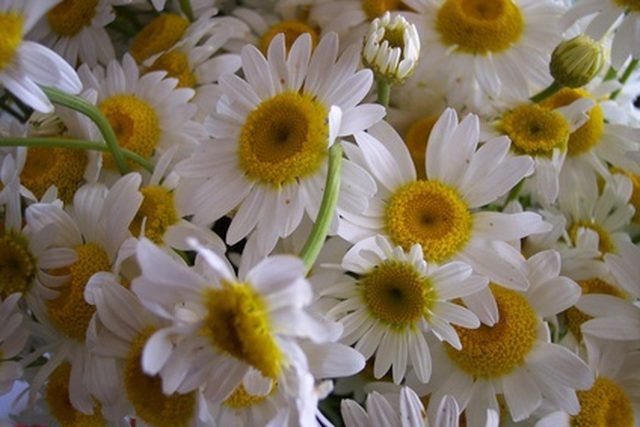Bulbs
Flower Basics
Flower Beds & Specialty Gardens
Flower Garden
Garden Furniture
Garden Gnomes
Garden Seeds
Garden Sheds
Garden Statues
Garden Tools & Supplies
Gardening Basics
Green & Organic
Groundcovers & Vines
Growing Annuals
Growing Basil
Growing Beans
Growing Berries
Growing Blueberries
Growing Cactus
Growing Corn
Growing Cotton
Growing Edibles
Growing Flowers
Growing Garlic
Growing Grapes
Growing Grass
Growing Herbs
Growing Jasmine
Growing Mint
Growing Mushrooms
Orchids
Growing Peanuts
Growing Perennials
Growing Plants
Growing Rosemary
Growing Roses
Growing Strawberries
Growing Sunflowers
Growing Thyme
Growing Tomatoes
Growing Tulips
Growing Vegetables
Herb Basics
Herb Garden
Indoor Growing
Landscaping Basics
Landscaping Patios
Landscaping Plants
Landscaping Shrubs
Landscaping Trees
Landscaping Walks & Pathways
Lawn Basics
Lawn Maintenance
Lawn Mowers
Lawn Ornaments
Lawn Planting
Lawn Tools
Outdoor Growing
Overall Landscape Planning
Pests, Weeds & Problems
Plant Basics
Rock Garden
Rose Garden
Shrubs
Soil
Specialty Gardens
Trees
Vegetable Garden
Yard Maintenance
How to Take Care of Daisy Flowers
How to Take Care of Daisy Flowers. Daisies are a classic, beloved garden flower. They brighten up any yard and can be enjoyed for many years with proper care and cultural practices. Considered a perennial (in very cold regions, some varieties are considered annuals), daisy flowers are fairly easy to grow. Although there are many varieties of...

Daisies are a classic, beloved garden flower. They brighten up any yard and can be enjoyed for many years with proper care and cultural practices. Considered a perennial (in very cold regions, some varieties are considered annuals), daisy flowers are fairly easy to grow. Although there are many varieties of daisies there are some basic care tips that apply to most. The Anglo-Saxon origin of the word daisy is "daes eage," meaning "day's eye" because of the fact that daisy's blossoms open right at the beginning of the day. They are a symbol of purity and innocence.
Things You'll Need
Daisy seeds or transplants
Nutrient-rich soil
Mulch
General purpose fertilizer
Hand shovel or spade
Water
Choose an area that receives full sun exposure. Clear away any weeds and loosen up the soil with a hand shovel or a spade.
Use organically rich, well-drained soil and mix in about 4 inches of compost. Plant transplants or sow the daisy seeds yourself. Space them 9 to 12 inches apart and lightly pack more soil over them. Add about an inch of mulch to retain moisture and to prevent weeds. Water thoroughly.
Water regularly; if you planted seeds they will need to be watered more frequently (possibly twice a day) until they germinate, particularly if you live in a dry, hot region.
Add a general purpose fertilizer early in the growth stage, or about two weeks after the seeds have germinated. At the beginning of every spring season add more mulch and fertilizer.
Control pests by spraying them with a strong stream of water or hand-picking them off. Daisies usually don't have major issues with pests but if necessary you can use an insecticide on them.
Remove and discard any diseased areas immediately. Treat with a fungicide if the problem becomes persistent.
Cut stems down after the first frost in the fall, leaving approximately an inch of stem above the soil line. Adding a thick layer of mulch will help protect your daisies over the winter season.
Tips & Warnings
Dig up and replant your daisies about every three years if they are planted in an area where they can't grow undisturbed for several years.
English daisies are a popular variety but they can spread quickly and become overbearing. In some regions in the northwest United States they are even considered a weed. If you choose to grow English daisies you can control their growth by removing any unwanted plants.
Daisy leaves are an edible green that can be enjoyed in salads.